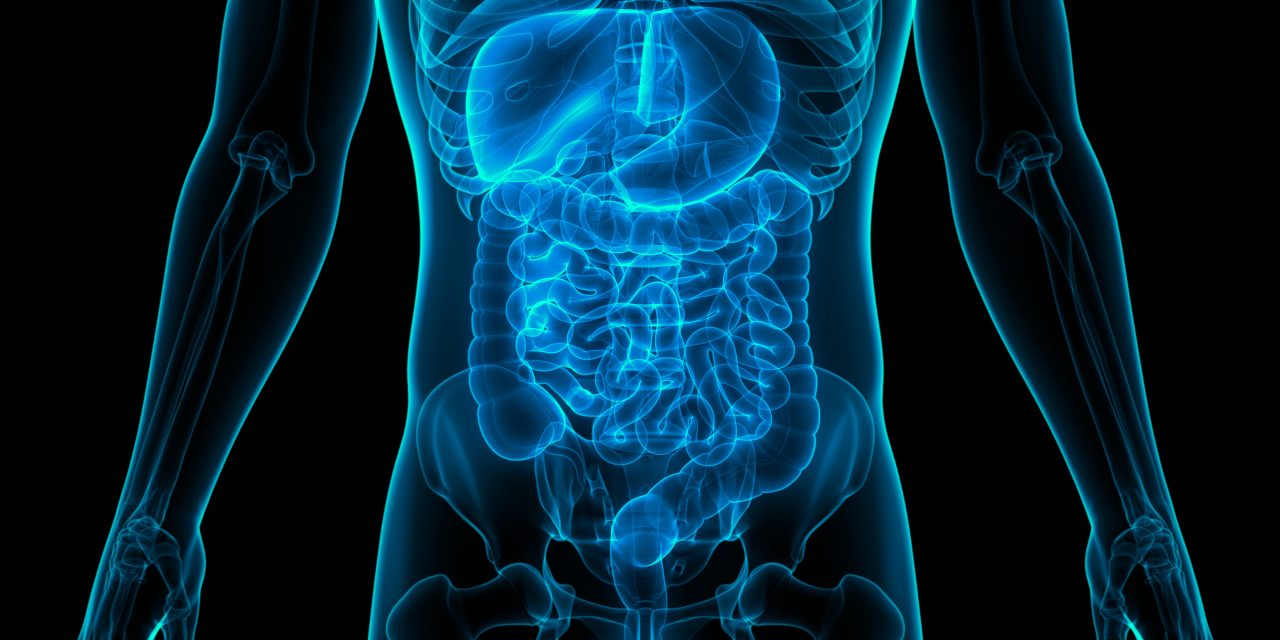
Chief of Gastroenterology and Hepatology
Department of Medicine
Hans Popper Professor
Professor of Medicine, Gastroenterology and Hepatology
Feinberg School of Medicine, Northwestern University
Symptoms of gastroesophageal reflux disease (GERD), the most common esophageal disorder encountered in US, are associated with a negative quality of life and increased healthcare costs and therefore require an effective management strategy. Although proton pump inhibitors (PPIs) remain the primary treatment of GERD, they do not cure the disorder and can leave patients with persistent symptoms despite treatment. Moreover, patients are still at risk of developing such complications as peptic strictures, Barrett’s metaplasia, and esophageal cancer.
Transoral incisionless fundoplication (TIF) is an advanced, incisionless endoscopic procedure that treats the underlying cause of GERD. In cases when medications are no longer effective, it is a successful alternative in the armamentarium of GERD treatment. Individuals who can benefit from the TIF procedure include:
- Patients with typical GERD symptoms and suboptimal control of their symptoms on PPIs who do not have a large hiatal hernia or esophageal motility problems
- Patients with GERD symptoms and mild to moderate anatomic abnormalities of the gastroesophageal junction valve function that require correction
- Patients preferring an alternative management strategy for their GERD that does not involve long-term medication use
Physician’s Weekly interviewed John Pandolfino, MD, to discuss the use of PPIs in patients with GERD, and when alternative treatment therapies should be considered:
Physician’s Weekly: Can you explain why long-term use of proton pump inhibitors to treat GERD is generally not advised?
Dr. Pandolfino: Proton pump inhibitors (PPIs) have revolutionized the way we treat acid peptic diseases. We can prevent ulcers and effectively treat the majority of people with reflux disease with these medications. But, as with any medications, they interrupt the homeostasis of the body. The reducing of acid secreted into the stomach with chronic PPIs can negatively impact one’s microbiome, or their ability to absorb certain nutritional components, vitamins, and minerals. While I think they are very safe medicines, patients should not take a medication if they don’t have to because of that effect on homeostasis.
The package inserts on many PPIs scare patients who see the 2-4-week limitation for treatment, but that was included not because of an untoward risk but as a safety mechanism so that patients would eventually see their physician and not put themselves on a PPI and continue it indefinitely. Patients need a physician to determine if a PPI is the right medicine for them and if they need it long-term; Results from multiple studies indicate that about 50% of people who take PPIs for GERD don’t have actual evidence of the disease.
What indicators should physicians recognize that PPIs are not efficiently managing a patient’s GERD?
If a patient doesn’t achieve at least a 50% reduction in symptoms with PPI treatment, whether the patient actually has an acid-mediate disease should be considered. Some patients whose GERD is effectively treated with a PPI continue to experience regurgitation or an acidic, nasty taste in their mouth, because PPIs don’t reduce reflux but actually reduce the causticity of gastric juice.
When managing a patient with GERD, clinicians should first consider if it can be treated without PPIs. For instance, if someone has occasional (<1x or 2x/week) reflux and can identify their triggers, trying to reduce those triggers is most important. Those patients can probably be treated with an H2 blocker for on-demand treatment, or even a standard antacid. It’s also important to determine if the patient has gained weight recently, because losing 10-15 pounds can sometimes dramatically reduce reflux symptoms and allow patients to stop PPI treatment.
What non-pharmaceutical alternatives to PPIs are available to patients with GERD?
Overall, identifying and avoiding triggers, losing some weight, and being cognizant of what and when you eat in relation to when symptoms occur are the best non-pharmacologic approaches patients can take. But, for those with severe disease, some interventions can be considered, which can be either endoscopic or surgical.
We’ve always been search for less-invasive approaches to treating the anti-reflux barrier in patients with reflux disease. While those with a significant hiatal hernia will require a surgical approach to repair that hernia, in those with a flap valve that appears to be somewhat normal but may be slightly weak—a hill grade of 1 or 2—endoscopic therapies to recreate that angle of His and that flap valve are currently available to do that and could be considered. Among them is transoral incisionless fundoplication (TIF), which tend to provide a partial wrap of the anti-reflux barrier using a plication device, and that has really been the most effective endoscopic approach to treating reflux.
TIF is also being combined with surgical hiatal hernia repair such that once the surgical repair takes place, the operator will perform a TIF procedure to buttress up and strengthen that anti-reflux barrier. I typically reserve the more invasive procedures for patients who fail medical therapy. But, certainly, patients who are not improving or experiencing breakthrough regurgitation on a PPI are the best candidates for TIF or a surgical procedure.
These procedures can also be appropriate for patients who are unable to take PPIs or are intolerant because of side-effects, such as headache and loose stool, which can be pretty problematic in some patients. Some patients are also adamant that they do not want to take a PPI for various, understandable reasons. I would refer those patients to a competent endoscopic or surgical colleague who is adept at performing these procedures.
Therapeutic Spotlight: Gastroesophageal Reflux Disease (GERD)


